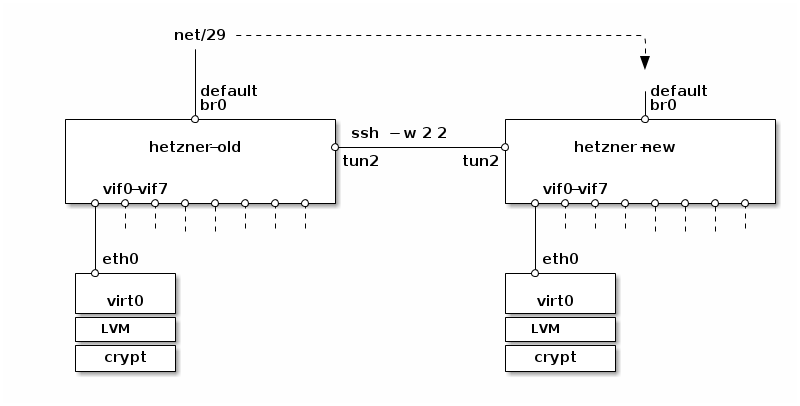2020 will be – for most people – one of the worst years in their living memory. The world is under lockdown because of SARS-Corona Virus 2 or Covid-19. As I’m part of a risk group, my social life is for almost 9 month limited to telephone and video calls.
And on top of it all – two of my favorite software projects dramatically changed directions in December 2020 and removing the main reasons why I’m using them. This blog post is about Graylog. The Centos Blogpost comes later in Part II.
Graylog
I’m using graylog for a very long time. Starting 2012 I began using it privately and urged my customers to use it as well. I know of at least 2 companies that started using it because of my endorsement and one of them switched to the enterprise version. I gave multiple talks about Structured Logfiles (for example @ Froscon 2013 – look at the Graylog 2 page ;-))
I finished the talk with the ‘catch’ that graylog was – at that time – one of the few Open Core Businesses that got a good split between the Open Source and Closed Source addon. In the last couple of years I did not give that much talks anymore, but still supported customers.
The big difference between other solutions like ELK, was that the Open Source Version of Graylog included a real integration into ADS. So you could decide based on LDAP Groups who could see which kind of messages. The Enterprise version has some very good features too, including Archiving and Auditing.
But with Graylog 4 they removed the possibility of using LDAP Groups, because they restructured LDAP Groups and now declared it an Enterprise feature called Teams.
This is – imho – a very bad business decision. I would like to explain why: one department of my customer has switched to Graylog about 2 years ago. It was free and more and more developers – after some growing pains – really embraced Graylog. After the implementation, it was used more and more and the enterprise version was bought because support was needed and the Archiving and Auditing etc. became more important. Another department in the same company looked also at graylog, but because now they have to buy the enterprise version immediately, they are looking more intensive at other options as well. Now there are also including ELK, Splunk and the integrated EFK Stack in OpenShift in their search. Because all of them are used at some department in the company as well. At the moment it looks that graylog will likely lose at the end and will not be the tool chosen.
To make matters worse – there was not a good communication of change: No warning in the release notes, hey this will go away in the open source version with release XY. No, the releas notes only read: ‘the … old Groups .. have been replaced by Teams in Graylog Enterprise‘. The only good information was in the bug tracker, with other users complaining. I would have hoped for something like that in an official release note: “For Open Source Users of graylog the LDAP and Active Directory group mapping have been removed.“
If someone asked me for a Logging Solution in October 2020 my answer would have been Graylog – pure and simple. Now, I will lay out multiple solutions.

